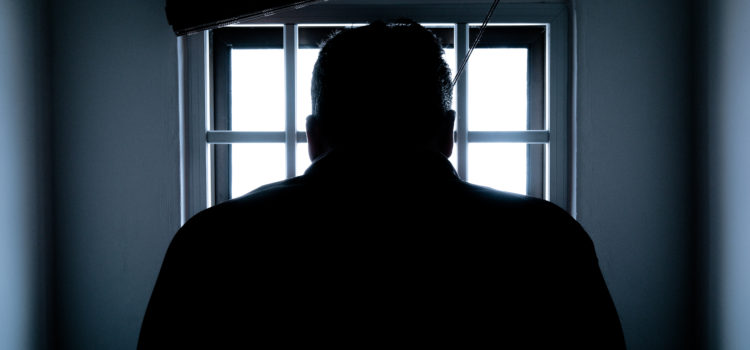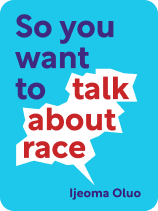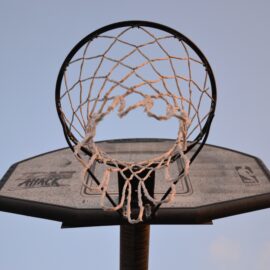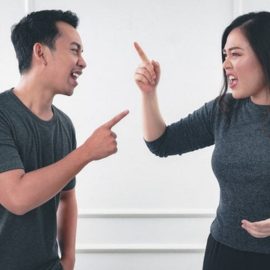

This article is an excerpt from the Shortform book guide to "So You Want to Talk About Race" by Ijeoma Oluo. Shortform has the world's best summaries and analyses of books you should be reading.
Like this article? Sign up for a free trial here .
What is the School-to-Prison Pipeline? When was the term coined and what does it mean?
The term school-to-prison pipeline has been coined relatively recently (in the early twenty-first century), although the phenomenon itself has been going on for decades. But what exactly is the school-to-prison pipeline? Simply put, it’s the process whereby students from disadvantaged backgrounds are pushed out of schools and onto the pathway to prison.
Keep reading for the answer to the question: what is the school-to-prison pipeline?
What Is the School-to-Prison Pipeline?
The phrase school-to-prison pipeline describes the continuity between the over discipline of children of color at school and the over-policing of adults of color. Here’s how it works.
Children of color spend most of their waking lives in an education system that constantly punishes them, criminalizes them, and searches for ways to remove them. Children’s trust in their teachers and schools is damaged from early on by this unfair and overly severe discipline.
Zero-tolerance policies increase the harshness of the penalties. The Gun-Free Schools Act (1994), for example, introduced mandatory year-long suspensions for children who were caught with weapons at school. Many schools broadened the definition of “weapons” to include not only knives and guns but camping forks and “finger guns.” Coupled with the propensity of teachers to see children of color as inherently more dangerous than white children, these rules affected children of color disproportionately.
Police officers began to be placed in schools. These School Resource Officers (SROs) now handle disciplinary matters that would previously have been handled internally. In schools with SROs, the arrest rates of students are almost five times those of schools without SROs. These officers are extremely active: In the 2011-2012 school year, for example, law enforcement officers in schools arrested 92,000 students. And students who get arrested at school are more likely to be arrested again as adults.
For some kids, getting expelled isn’t even the worst consequence of being criminalized on the basis of your skin color. On November 22, 2014, Cleveland police shot 12-year-old Tamir Rice for holding a toy gun. When his 14-year-old sister ran over to help him, police tackled her and put her in handcuffs. Steve Loomis, President of the Cleveland Police Union, said later that the boy was oversized and “menacing.” This is what happens when people of color are criminalized on sight, when the concept of “children” to be nurtured and protected has crystallized around an image of whiteness, and when black and brown children aren’t allowed to be children.

———End of Preview———
Like what you just read? Read the rest of the world's best book summary and analysis of Ijeoma Oluo's "So You Want to Talk About Race" at Shortform .
Here's what you'll find in our full So You Want to Talk About Race summary :
- How to have an intelligent, empathetic conversation about race
- Why people are afraid to talk about race
- Where racism came from and what fuels it






